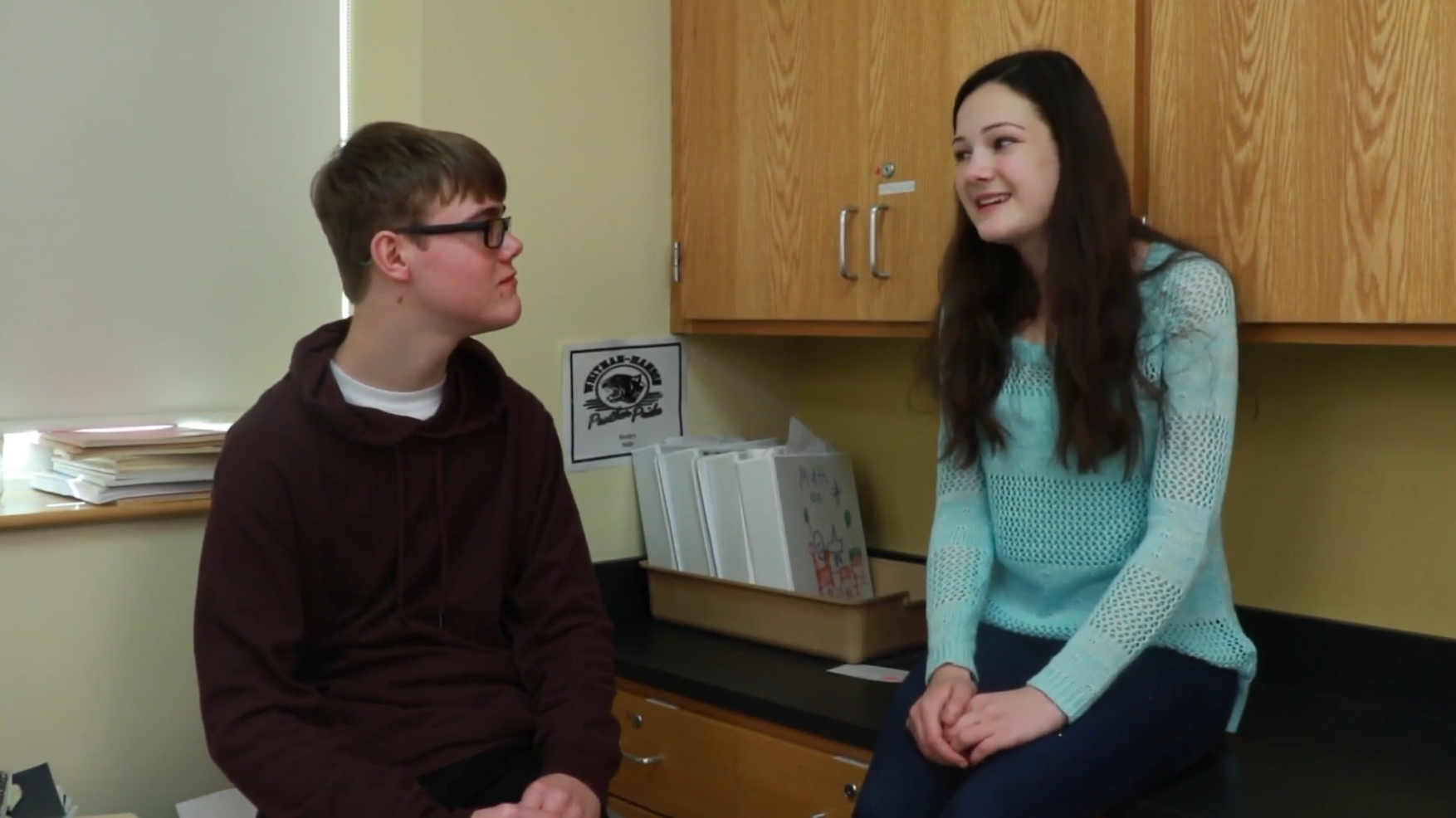In this blog post, we will explore the concept of making connected comments in conversations and how it enhances students’ social skills. By teaching high school students to make connected comments, they can engage in meaningful and productive conversations with their peers and adults. This skill is essential for developing healthy relationships, resolving conflicts, and collaborating effectively in group settings.
No-Prep Activity: The Topic Train
The Topic Train is a simple, no-preparation activity that educators can use to help students practice making connected comments during conversations. Here’s how it works:
- Divide the students into pairs or small groups.
- Assign one person in each group the role of the “conductor.”
- The conductor starts the conversation by introducing a topic.
- Each student takes turns making a connected comment or asking a question related to the topic.
- After a few minutes, the conductor can change the topic, and the process repeats.
- Rotate the role of the conductor among the students to give everyone a chance to lead the conversation.
This activity encourages students to listen attentively to their peers, identify the topic of the conversation, and practice making relevant comments or asking questions to keep the conversation going.
Discussion Questions
After completing the Topic Train activity, use the following questions to stimulate further discussion:
- How did it feel to make connected comments during the activity? Did you find it challenging or easy?
- What strategies did you use to come up with connected comments or questions related to the topic?
- How do connected comments contribute to the overall quality of a conversation?
- Can you think of a time when someone made a disconnected comment in a conversation? How did it affect the conversation?
- Why is it important to practice making connected comments in conversations, especially in high school?
Related Skills
In addition to making connected comments, there are other essential social-emotional learning skills that high school students should develop. These include:
- Active listening: Paying full attention to the speaker, showing empathy, and understanding their message.
- Nonverbal communication: Using body language, facial expressions, and tone of voice to convey messages and emotions.
- Assertiveness: Expressing one’s thoughts, feelings, and opinions in a respectful and honest manner without being aggressive or passive.
- Conflict resolution: Addressing disagreements and finding solutions that are fair and satisfy all parties involved.
- Collaboration: Working effectively with others to achieve a common goal.
Next Steps
Teaching high school students to make connected comments is a crucial step in helping them develop strong social skills and navigate various social situations. If you’re interested in learning more about this skill and others, sign up for free samples of social-emotional learning materials at Everyday Speech. These resources can help educators provide engaging and effective lessons to support students’ social-emotional growth.






